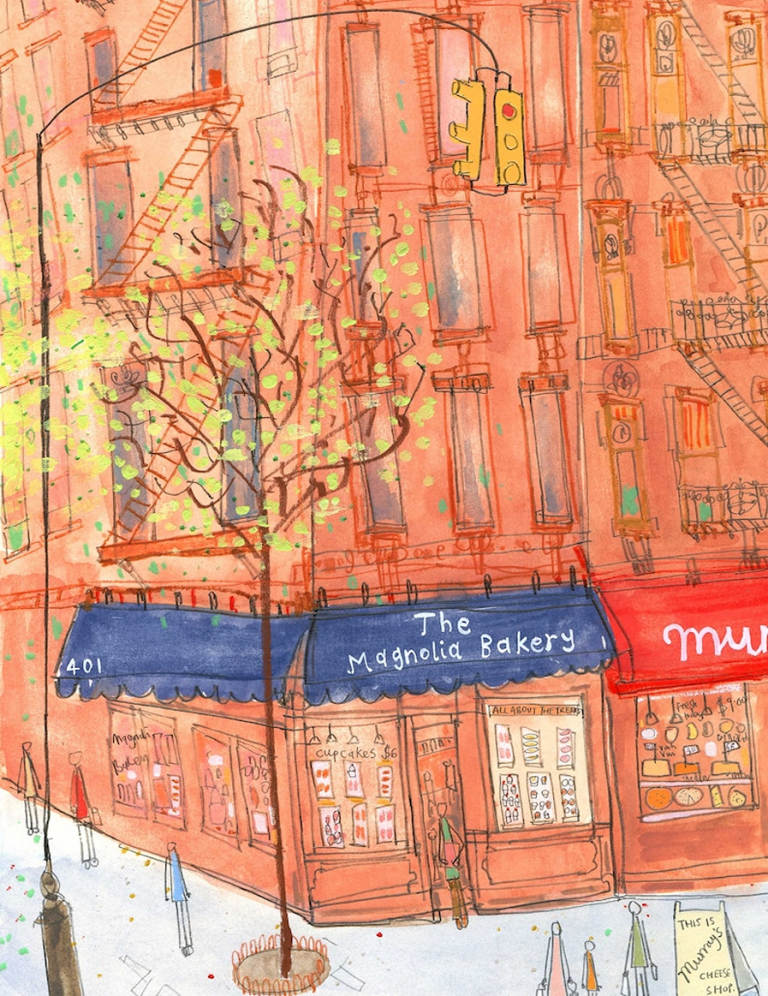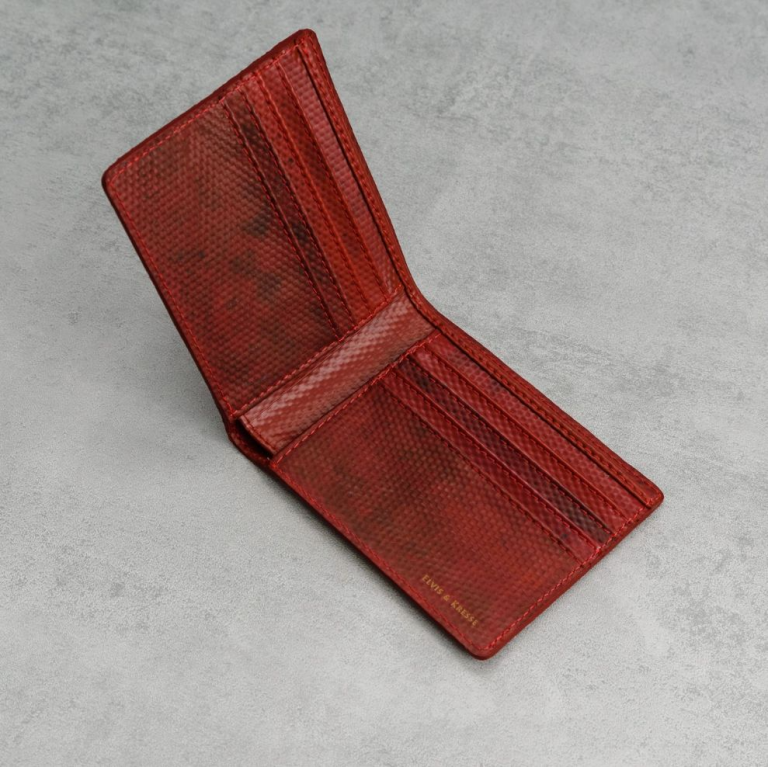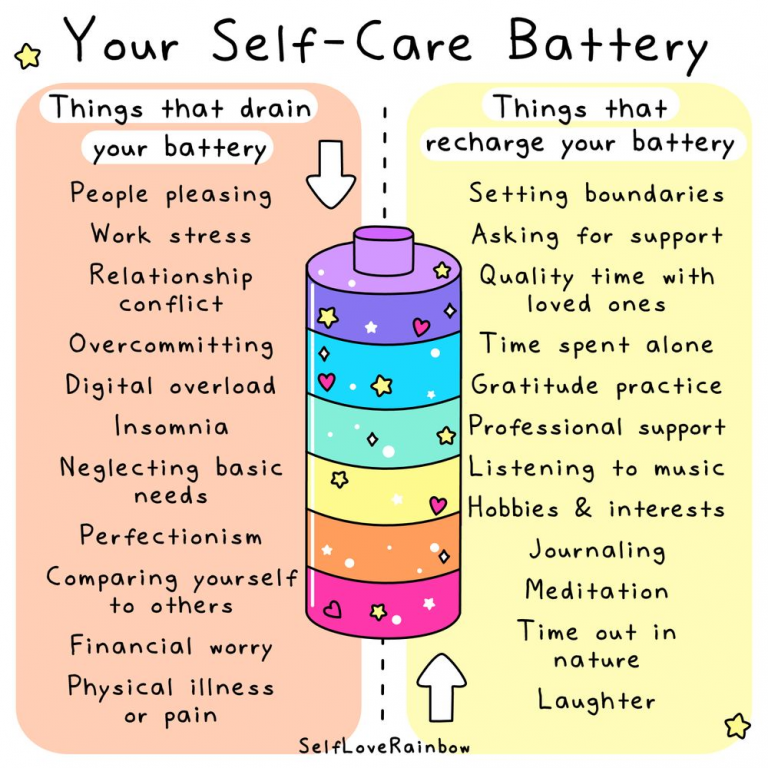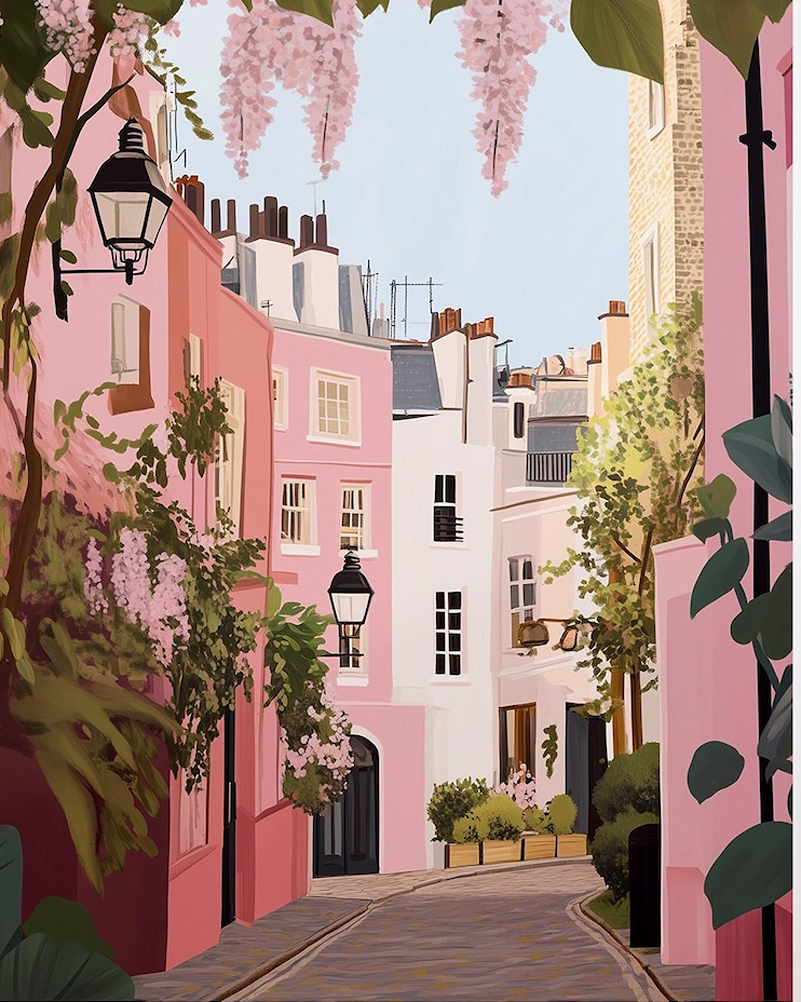
Imagine stepping off a busy London street into a calm, cobbled lane. You hear birdsong, not engines. The air feels fresher, the pace slower, and children laugh as they play outside their front steps. This is life on one of London’s traffic-free mews streets: hidden alleys tucked behind grand townhouses.
Mews houses began as rows of stables in the 1700s, but today, they offer a rare kind of calm in the heart of the city. Their tidy, car-free lanes create a pocket of peace, untouched by the endless sound and rush of city traffic. Today, these homes are safe, close-knit places to live, with each street feeling like its own small village.
Their appeal isn’t just in their charming bricks and arches. Mews houses give people in London an escape from noise and danger, helping neighbours look out for each other and turning streets into play spaces rather than car parks.
Mews houses originally existed to store carriage horses. Worldwide, towns and cities are gradually moving away from carriage horses to transport people, due to accidents and horses often being too hot and thirsty. London remains one of the few cities to not yet ban them. Read our post on alternatives to carriage horses.
The History of London Mews Houses
London’s mews houses trace a story from the dusty roads of the 18th century to quiet, coveted addresses today. A mews is a narrow service lane behind large Victorian or Georgian homes. Here, wealthy families kept their horses. Built mainly in areas like Mayfair, Belgravia, and Kensington, mews streets formed a network of stables, haylofts, and staff quarters, always accessed by separate rear gates.
With carriages came hierarchy; coachmen and stable lads managed the busy lives of the horses and equipment. These lanes felt almost like small villages behind the scenes, vital but mostly overlooked. The name “mews” itself came from the Royal Mews, originally a royal hawk house at Charing Cross. Before transforming into stables near Buckingham Palace.
World War II and the arrival of cars changed everything. Staples sat empty. And by the late 1940s and 1950s, mews began a slow turn into garages for new motorcars. War damage, combined with a need for more housing, sparked a wave of conversions. Empty, sturdy buildings behind grand houses became charming, quirky homes.
Streets like those around Notting Hill and Knightsbridge still echo with this layered past. Today’s mews houses often preserve their original layout and look, keeping their cobbles and stable doors.
From Stables to Modern Homes
The transformation from stable to home was part necessity, part inspiration. After the war, London faced a shortage of quality housing. Mews offered a clever answer: strong bone structures, tucked-away spaces, and a chance to build small private gardens. Architects cut extra windows into thick brick walls, opened up lofts, and created split levels. Some owners kept the original stable arches as carports.
Groups like the Georgian Group and local heritage societies helped preserve the historic features. They called for sympathetic conversions, protecting original cobblestones, wooden doors, and wrought iron details. Many mews homes now boast small patios where horses once stood, making the most of every inch of light.
Today’s designs blend old with new: solar panels, green roofs, and modern insulation sit quietly alongside stable blocks and archways. This careful balance of history and comfort is part of their enduring charm.
Evolution with Urban Changes
The arrival of the motorcar in the 20th century pushed further changes. Stables turned to garages, then full homes, as city life moved indoors. Zoning laws restricted through traffic, creating low-traffic enclaves. These decisions kept mews lanes quieter, as they never needed wide roads or car parks.
Well-known examples include Kynance Mews in Kensington and Holland Park Mews, both lined with wisteria (not safe near pets) and among the city’s most photographed addresses. Their peaceful, almost film-set quality owes much to their layout: parallel lines, stone setts, and no space for big vehicles.
Planners and local campaigners fought to keep these streets special. London’s boroughs imposed strict rules on building and access, curbing heavy vehicles and preserving the old-world feel. This has let mews homes remain a step apart from the city, holding traffic at bay.
Advantages of Traffic-Free Mews Living
A life in a traffic-free mews street means more than a pretty view. You gain a level of peace, security, and community rare in central London. Imagine mornings without honking horns, afternoons where children race on scooters, and evenings when neighbours gather outside without shouting over engines.
Mews living strips away the daily friction of city noise. The air is often cleaner, the streets safer. For families, this can be the difference between worrying about cars outside and letting children play in front of the house. For anyone, it means a home that feels genuinely restful in the heart of the capital.
Urban research consistently shows the benefits of low-traffic neighbourhoods:
- Better air quality in enclosed, car-free spaces
- Lower accident rates where vehicles rarely pass through
- Greater feelings of safety among residents
These factors combine to improve everyday life. There is room for small flowerbeds, conversations at the gate, and stronger ties between neighbours. Mews houses in London show that even urban living can find its gentle side.
Read our posts on creating pet-friendly gardens and wildlife-friendly gardens. Never face indoor foliage to face gardens, to help stop birds flying into windows.
Safety for Children, Pets, and Local Wildlife
The tight lanes and lack of cars make mews streets natural play areas. Parents can watch their children ride bikes or chase footballs without constant fear. According to studies, cul-de-sacs (almost unique to England) see up to 60% fewer traffic accidents than main roads.
The same principle protects pets. Cats sunbathe and dogs have room to sniff, without worrying about road traffic.
Birds and wildlife also thrive, where engines seldom pass. With fewer cars comes less exhaust, which helps birds nest and bees feed in peace. Read our posts on safe havens for garden birds, and native wildlife.
Cleaner air and low noise also reduce respiratory problems, helping everyone from new-borns to the elderly breathe easier.
A Balance of Community and Privacy
Mews living brings neighbours close enough to chat, but not so close as to intrude. Shared bins and benches encourage natural encounters. Instead of front gardens facing busy roads, small patios or walled areas let you enjoy the sunshine with privacy.
Weekly “bin chats” foster friendships. Families swap plants over the fence, or host street parties without worrying about car access. For those who cherish their quiet, high hedges and staggered entrances keep life private. The mix is neighbourly, not nosy.
Tips for strong street bonds:
- Organise a street coffee morning once a month
- Start a community garden to share free food
Timeless Charming Design
No two mews homes are the same, but many share picture-book looks. Cobbled alleys, pastel doors, and brick arches turn ordinary streets into storybook settings. Rows of terraced cottages, once for grooms and horses, now fetch high prices because their original features still feel special.
Surveyors note that well-kept mews houses often rise in value faster than their modern rivals. Eco-friendly features, from solar roof tiles to rainwater tanks, blend quietly with stone and slate. Many owners fit double glazing that keeps street noise out without spoiling the view.
Why Mews Houses Remain Popular
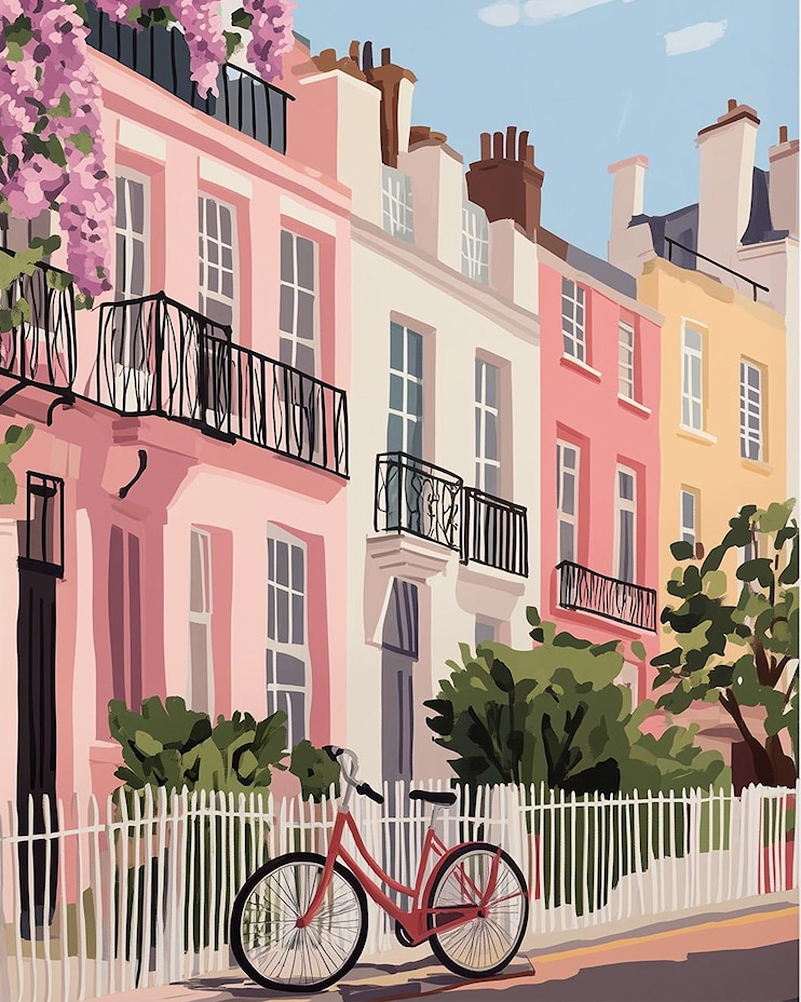
Londoners crave space, peace, and the chance to work from home. Mews houses tick these boxes: less traffic, more privacy, and a sense of belonging in the middle of the city. Remote work means people spend more time at home, so they want surroundings that lift the spirit, not drain it.
The challenge, of course, is price. Mews properties are scarce, so prices remain high. Space can be tight, with some homes snug by modern standards. Yet, these drawbacks often matter less than the upsides: safety, social life, and a lasting sense of place.
Homebuyers increasingly see value in eco-friendly updates, compact gardens, and spaces designed for flexible work and life. Each mews lane keeps alive the link between London’s past and its low-carbon future.
Sustainability and Future-Proofing
Traffic-free mews zones support London’s aims for cleaner, greener cities. Fewer vehicles mean lower noise and less pollution. Many owners now retrofit their homes for energy efficiency: wall insulation, underfloor heating, or solar water systems.
Planning departments approve gentle updates as long as they don’t spoil the street’s look. This careful approach keeps mews houses attractive for years to come, helping owners save money and shrink their carbon footprints.
Sustainable features gaining popularity:
- Discreet solar panels on pitched roofs
- Air-source heat pumps behind walled yards
- Electric car charging points tucked beside old carriage arches



